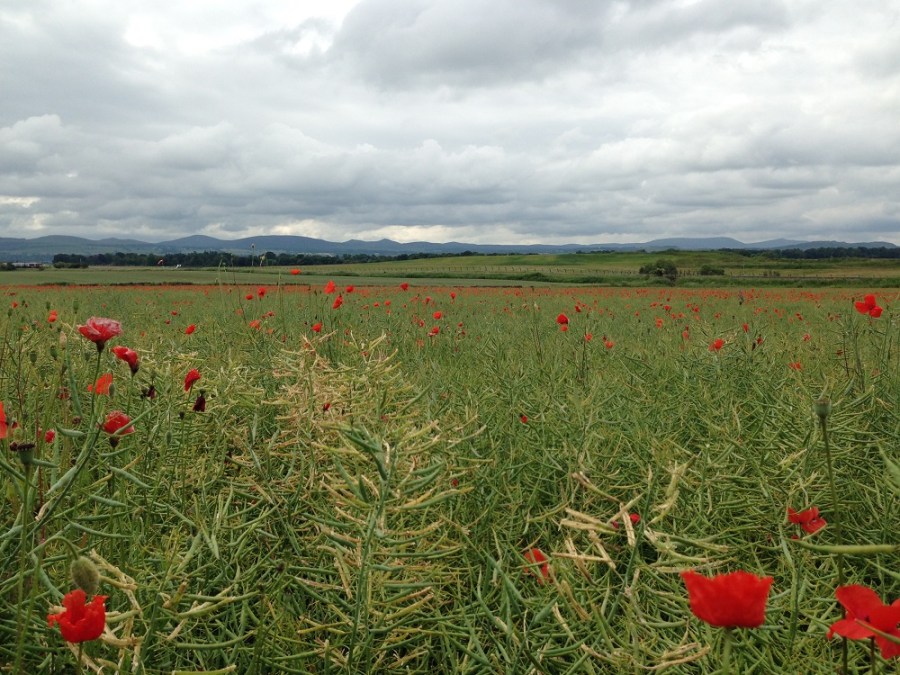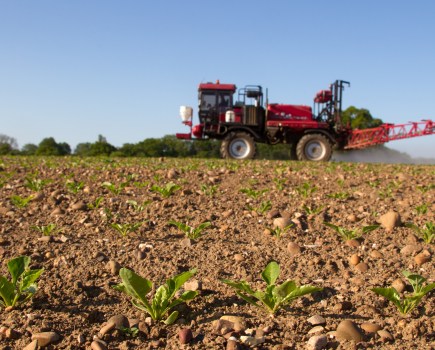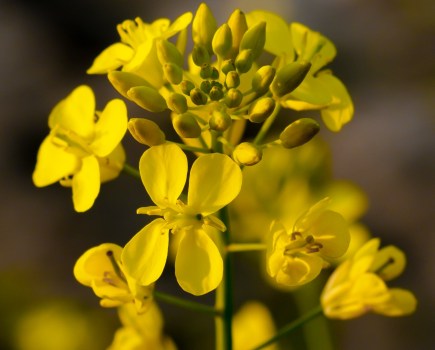Oilseed rape growers are being advised to make the most of pre-harvest glyphosate and take the opportunity to control any weeds lurking beneath the canopy. CPM finds out more.
By Lucy de la Pasture and Rob Jones
Many oilseed rape crops will be destined for a pre-harvest application of glyphosate to desiccate the crop, improving the timeliness and efficiency of combining. But it’s also a golden opportunity to control weeds that may have gone unnoticed beneath the crop’s canopy, says Dr David Ellerton, Hutchinsons’ technical director.
“Pre-harvest spraying is particularly valuable in reliably drying down today’s most productive thick-stemmed, well-branched OSR crops that have profited from stay-green agronomy. It can also help to even-up crops that have suffered pigeon damage, which is usually more extensive when there’s been a very late spring, like this season.
Under the canopy
“At the same time, it’s an excellent way of dealing with the substantial grassweed populations in the base of OSR crops that can escape notice and go on to cause extra headaches and expense in following wheat crops. This season grassweeds may have profited from the spring’s more open, slower-growing crops.”
David accepts that the pre-harvest OSR timing will be too late to prevent most blackgrass and bromes from setting viable seed. But if done correctly, pre-harvest glyphosate can be very effective in dealing with later-maturing annuals like wild oats and annual meadow grass, alongside problem perennial grasses and broadleaf weeds, he says.
“It can also improve stubble management ahead of winter wheat by giving more time for weed control and reducing trash burdens,” adds David.
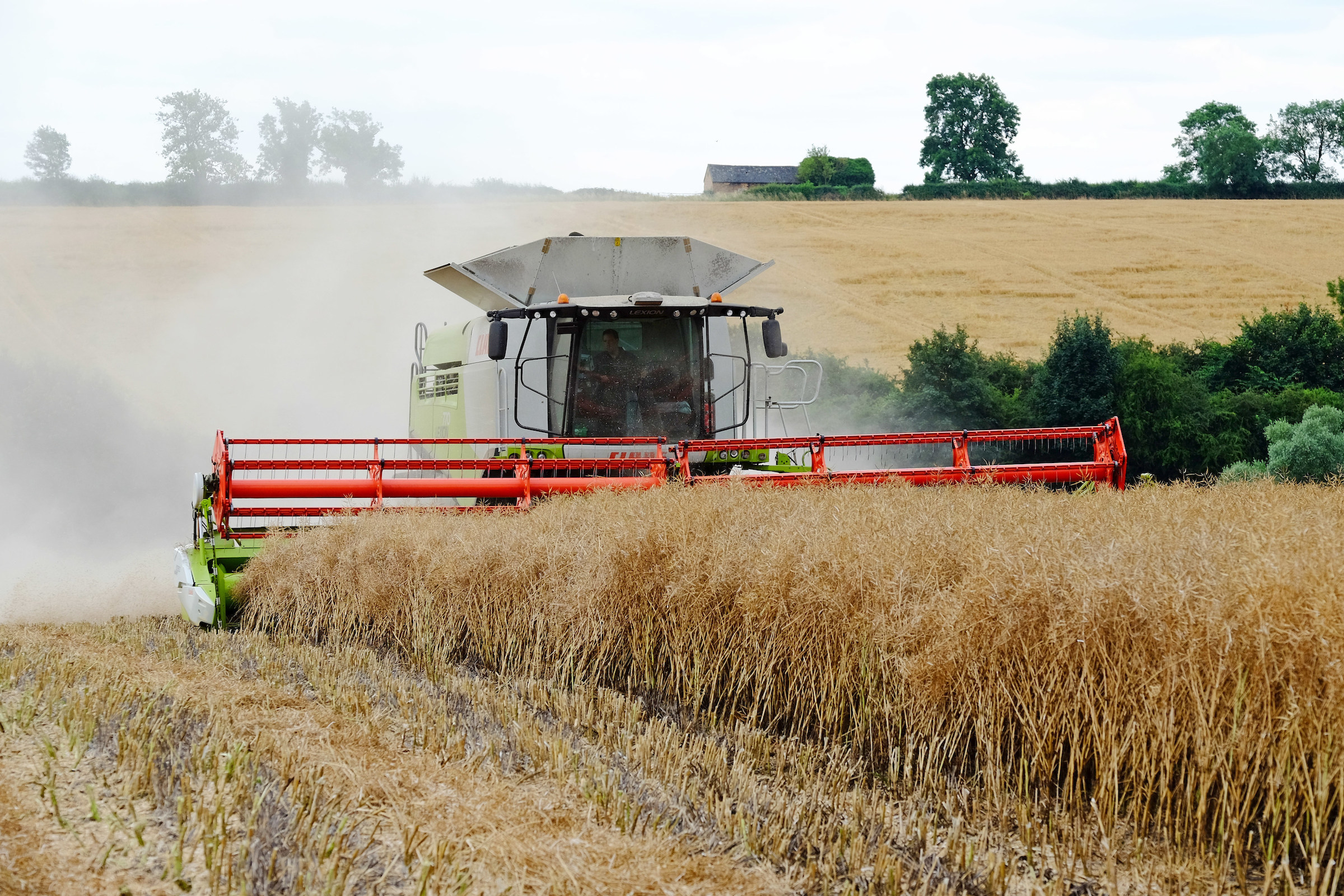
A pre-harvest application of glyphosate helps even-up the ripening of crops and makes combining easier.
Under scrutiny
Since retaining its approval earlier this year, glyphosate remains under scrutiny and AHDB have issued updated guidelines on pre-harvest usage to ensure best-practice and minimise the chances of any residues occurring in food. One of the key messages in the recommendations is to make sure glyphosate is applied at the correct crop growth stage.
“There’s absolutely no advantage in spraying before rapeseed moisture levels drop below 30%, either for weed control or harvest management,” advises Monsanto technical specialist, Barrie Hunt. “Treating too early, as many people are tempted to do, will only slow down crop drying and can restrict both yield and oil content.
“Rather than bringing forward the harvest, it will just mean the crop takes longer to dry down. And as each day of seed filling lost is known to reduce seed yield by 1-2% and most oil is accumulated during the second half of the period, earlier-than-ideal spraying can seriously compromise output. Add in the extra impact of too many red seeds on sample quality, the cost of impatience can really add-up,” he warns.
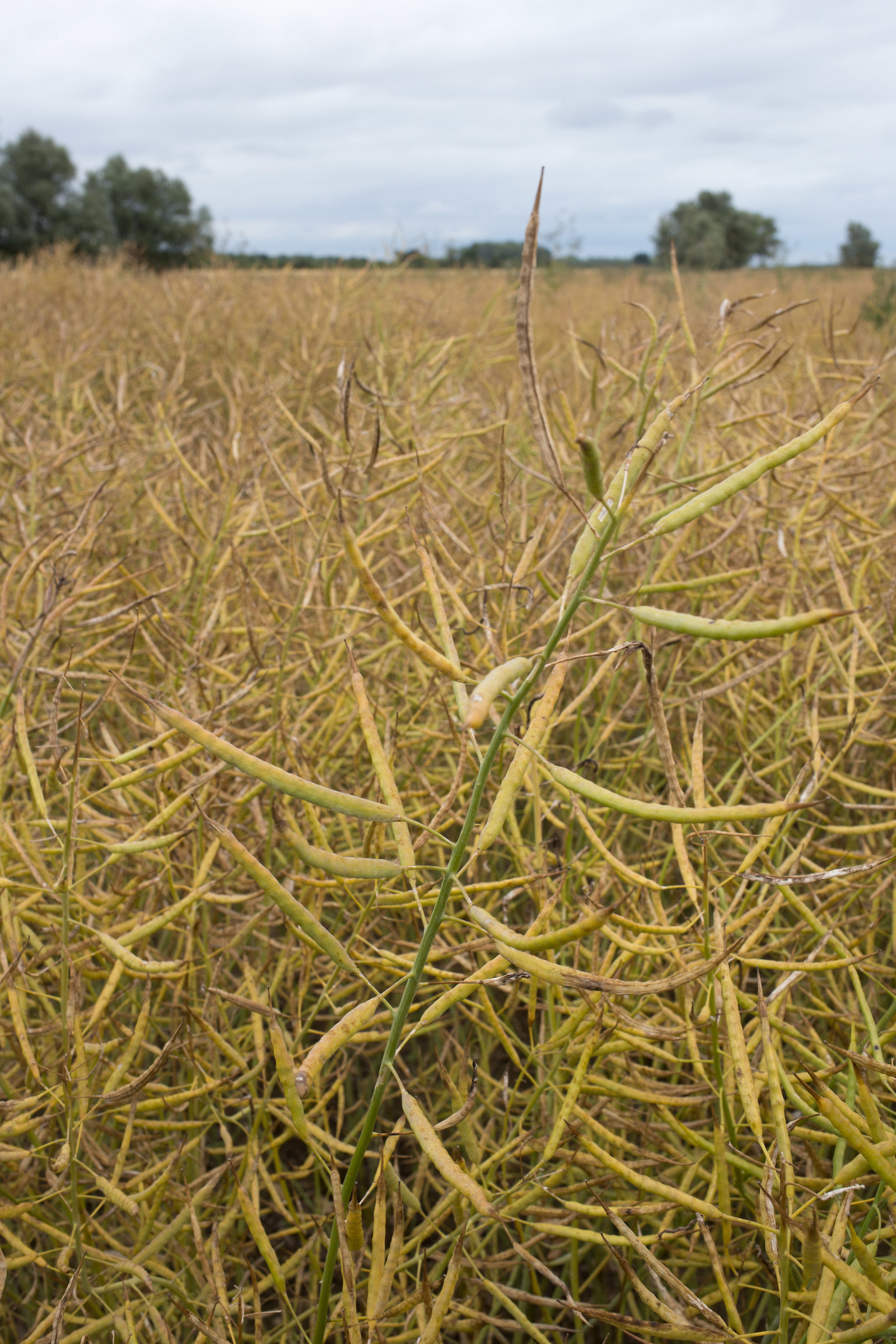
Ready for harvest (use with story): Making sure glyphosate is applied at the right timing is essential for good desiccation, minimising red seeds and the risk of glyphosate residues.
Optimum timing
Barrie points out that the optimum time for spraying well-structured modern OSR canopies can be 7-10 days later than the traditional timing for conventional crops, which were grown at relatively high plant populations and bear most of their yield on the main raceme.
He urges growers to apply the long-established glyphosate spray timing guidelines to the area of their canopies bearing the lion’s share of the yield rather than the main raceme, noting that the pod shatter resistance carried by so many modern varieties will reduce the risk of seed shedding from riper pods higher up the plant.
“For the most reliable activity you really need to use a modern glyphosate like Roundup Flex, which performs under the particular challenges of heavily-waxed, senescing canopies and today’s weather uncertainty,” advises Barrie.
“Its formulation provides dry weather activity, rainfastness and drift minimising properties which are of real value, particularly in light of the markedly less good performance we’ve seen from the alternative glyphosate formulations that have replaced the withdrawn ethoxylated tallow amines (ETAs) this season.”
Best practice
Alongside the most reliable glyphosates, David is adamant that best spraying practice is needed to target both OSR crops and the weeds beneath their canopies.
“Go for medium-coarse sprays, together with a choice of water volumes, pressures and boom and nozzle settings that give thorough canopy coverage and penetration. Keep your spraying speed down and spray early in the day during hot weather to ensure the most consistent uptake,” he recommends.
“Alongside pod shatter resistance, pod sealants like Zip Pod, can also be valuable in reducing seed losses; especially if applied at their ideal timing, ahead of pre-harvest glyphosate.”
Best practice OSR glyphosate timing
- Select areas of the field representative of the crop.
- In each area pick 20 pods from the part of the canopy carrying the bulk of the yield.
- If at least two thirds of the seeds have changed from green to brown in at least 15 pods, the earliest stage for spraying has been reached. Typically the crop should be sprayed within four days. If the weather is cool, this can be extended to seven days.
- Visual estimates should be confirmed using a moisture meter.
- Only start combining once stems as well as pods are fully fit which may be up to three weeks after spraying under some conditions.

